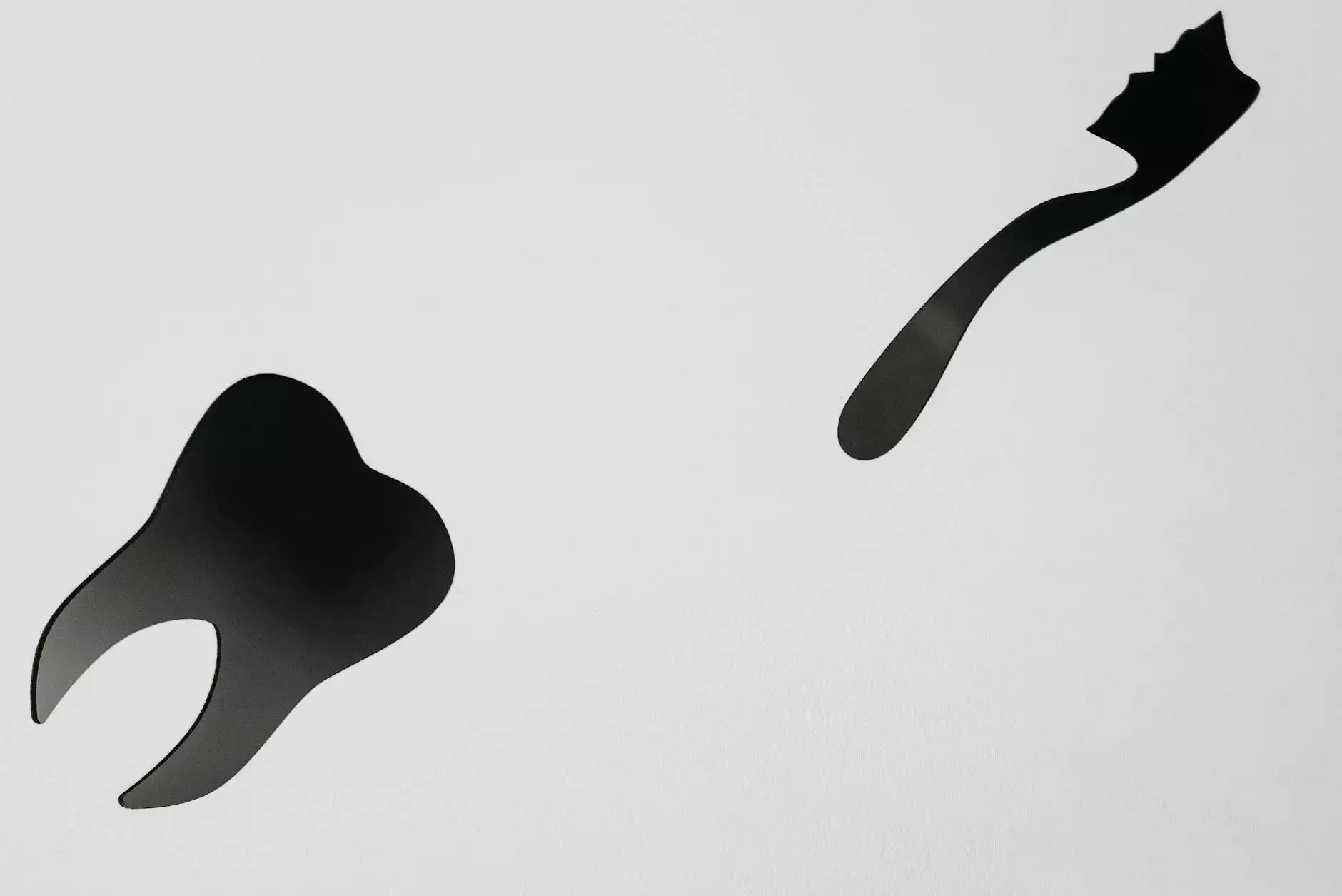Understanding Risk-Reducing Salpingo-Oophorectomy
The medical field continues to evolve, offering patients innovative options to enhance their health and reduce the risk of certain conditions. Among these options is the risk-reducing salpingo-oophorectomy, a procedure that can be life-altering for women at high risk of developing breast and ovarian cancer. This article provides an in-depth look at this surgical intervention, elucidating its significance, benefits, risks, and the factors influencing its decision-making process.
What is Risk-Reducing Salpingo-Oophorectomy?
A risk-reducing salpingo-oophorectomy (RRSO) is a surgical procedure involving the removal of the ovaries and fallopian tubes as a preventative measure against cancer. This procedure is particularly beneficial for women with a familial history of breast and ovarian cancer, especially those with mutations in the BRCA1 or BRCA2 genes.
- BRCA1 and BRCA2: These genes produce proteins that help suppress tumors. Mutations can lead to a significantly higher risk of developing breast and ovarian cancers.
- Ovarian Cancer Risk: Women with BRCA mutations have a 15-45% chance of developing ovarian cancer by age 70.
- Breast Cancer Risk: The risk of breast cancer can rise to 70-85% for women with these genetic mutations.
Benefits of Risk-Reducing Salpingo-Oophorectomy
Opting for an RRSO can provide numerous benefits, particularly for women predisposed to cancers associated with BRCA mutations. Here are some of the key advantages:
1. Significant Reduction in Cancer Risk
Undergoing a risk-reducing salpingo-oophorectomy can reduce ovarian cancer risk by up to 90% and significantly decrease the risk of breast cancer as well. Research indicates that women who have undergone RRSO experience a lower incidence of these cancers compared to those who have not had the procedure.
2. Hormonal Considerations
The removal of ovaries halts the production of hormones such as estrogen and progesterone. This can be beneficial for women who are at high risk for estrogen-receptor positive breast cancers. However, the implications of hormone removal must be discussed with a healthcare provider, especially concerning menopause and long-term health.
3. Peace of Mind
Many women report a significant psychological benefit from undergoing an RRSO. The knowledge that they have taken proactive measures to reduce their cancer risk can lead to improved mental health and reduced anxiety about developing cancer.
The Procedure: What to Expect
Understanding the procedure is crucial for patients considering a risk-reducing salpingo-oophorectomy. This section details the surgical process, recovery, and postoperative care.
Preparation for Surgery
Prior to surgery, patients will undergo a comprehensive evaluation, including detailed medical histories and imaging tests. These assessments help determine the patient's eligibility for RRSO and establish a personalized surgical plan.
Anesthesia and Surgery
The RRSO is typically performed under general anesthesia. The surgeon accesses the ovaries and fallopian tubes through small incisions made in the abdomen, using laparoscopy—a minimally invasive technique. In some cases, an open surgery may be required.
Recovery Process
Post-surgery, patients can expect:
- Initial Recovery: Most women can return home within a day or two following laparoscopic surgery.
- Pain Management: Mild to moderate pain is common, and pain relief medication will be prescribed.
- Follow-Up Care: Scheduled follow-up appointments are crucial for monitoring recovery and managing any potential complications.
Potential Risks and Considerations
While the benefits of a risk-reducing salpingo-oophorectomy are significant, it is essential to consider the potential risks and complications associated with the procedure:
1. Surgical Risks
As with any surgery, there are risks involved, including bleeding, infection, and damage to surrounding organs. Discussing these risks with a healthcare provider is vital to making an informed decision.
2. Hormonal Changes
Women who undergo RRSO will experience sudden hormonal changes due to the removal of ovaries. This can lead to immediate menopause, which may include symptoms such as hot flashes, mood swings, and potential long-term health risks related to bone density and cardiovascular health.
3. Impact on Fertility
For women who wish to conceive in the future, RRSO will eliminate the possibility of natural conception. It is crucial to explore fertility preservation options, such as egg freezing, before proceeding with the surgery.
Making the Decision: Factors to Consider
Deciding to undergo a risk-reducing salpingo-oophorectomy is a deeply personal choice that requires thorough consideration. Here are essential factors to discuss with healthcare professionals:
1. Family History
Women with a strong family history of breast or ovarian cancer should consider genetic counseling. Understanding genetic testing results can provide insight into personal cancer risk.
2. Age and Overall Health
The patient's age, health status, and personal circumstances play crucial roles in determining whether RRSO is appropriate.
3. Psychological Factors
It's essential to consider the psychological impact of surgery. Support from mental health professionals or support groups can be invaluable.
Conclusion: Empowering Health Decisions
In summary, a risk-reducing salpingo-oophorectomy offers significant advantages for women seeking to mitigate their risk of breast and ovarian cancer. By understanding the benefits, risks, and decision-making factors related to this procedure, women can make informed choices about their health. Consulting with healthcare providers, including specialists in Obstetrics and Gynecology, is crucial for personalizing a preventative strategy that aligns with individual needs and circumstances.
For more information on risk-reducing salpingo-oophorectomy and to explore options tailored to your health needs, consider consulting your healthcare provider or visiting drseckin.com. Empower yourself with knowledge and take proactive steps towards your health and well-being.
